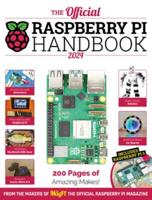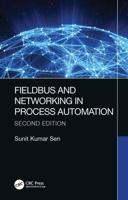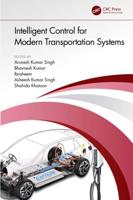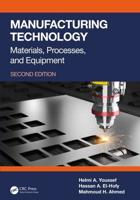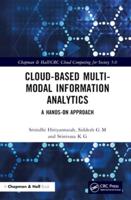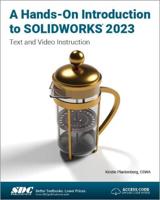Publisher's Synopsis
Contemporary air traffic management (ATM) challenges are both (1) acute and (2) growing at rates far outpacing established ways for absorbing technological innovation. Lack of timely response will guarantee failure to meet demands. Immediately that creates a necessity to identify means of coping and judging new technologies based on possible speed of adoption. Paralleling the challenges are developments in capability, both recent and decades old. Some steps (e.g., Global Positioning System (GPS) backup) are well known and, in fact, should have progressed further long ago. Others (e.g., sharing raw measurements instead of position fixes) are equally well known and, if followed by further flight tests initiated (and successful) years ago, would have produced a wealth of in-flight experience by now if development had continued. Other possibilities (e.g., automated pilot override) are much less common and are considered largely experimental.
This SAE EDGE(TM) Research Report is aimed at focusing industry attention on unsettled ATM issues and activities that appear most likely to offer solutions, starting with the near term and continuing on toward increasing versatility and confidence as experience accumulates. In general, the more familiar developments tend to suggest quicker acceptance of test trial initiation, while comparatively unexplored techniques call for a more gradual assimilation. Flexibility for growth is needed in any event, without the pervasive delays that have obstructed progress for so long.
NOTE: SAE EDGE(TM) Research Reports are intended to identify and illuminate key issues in emerging, but still unsettled, technologies of interest to the mobility industry. The goal of SAE EDGE(TM) Research Reports is to stimulate discussion and work in the hope of promoting and speeding resolution of identified issues. SAE EDGE(TM) Research Reports are not intended to resolve the challenges they identify or close any topic to further scrutiny.




